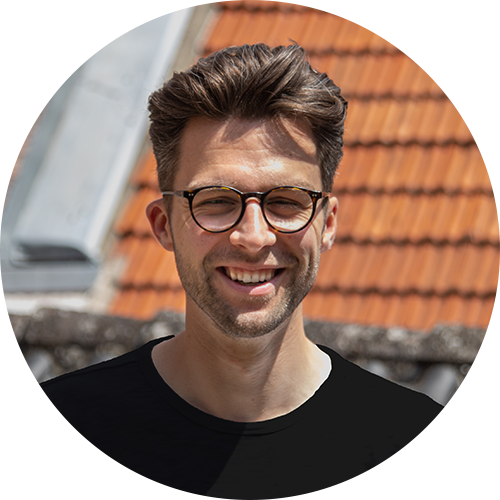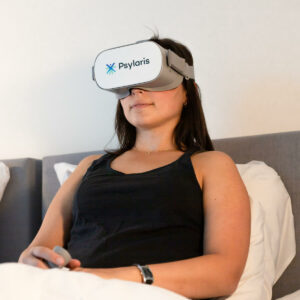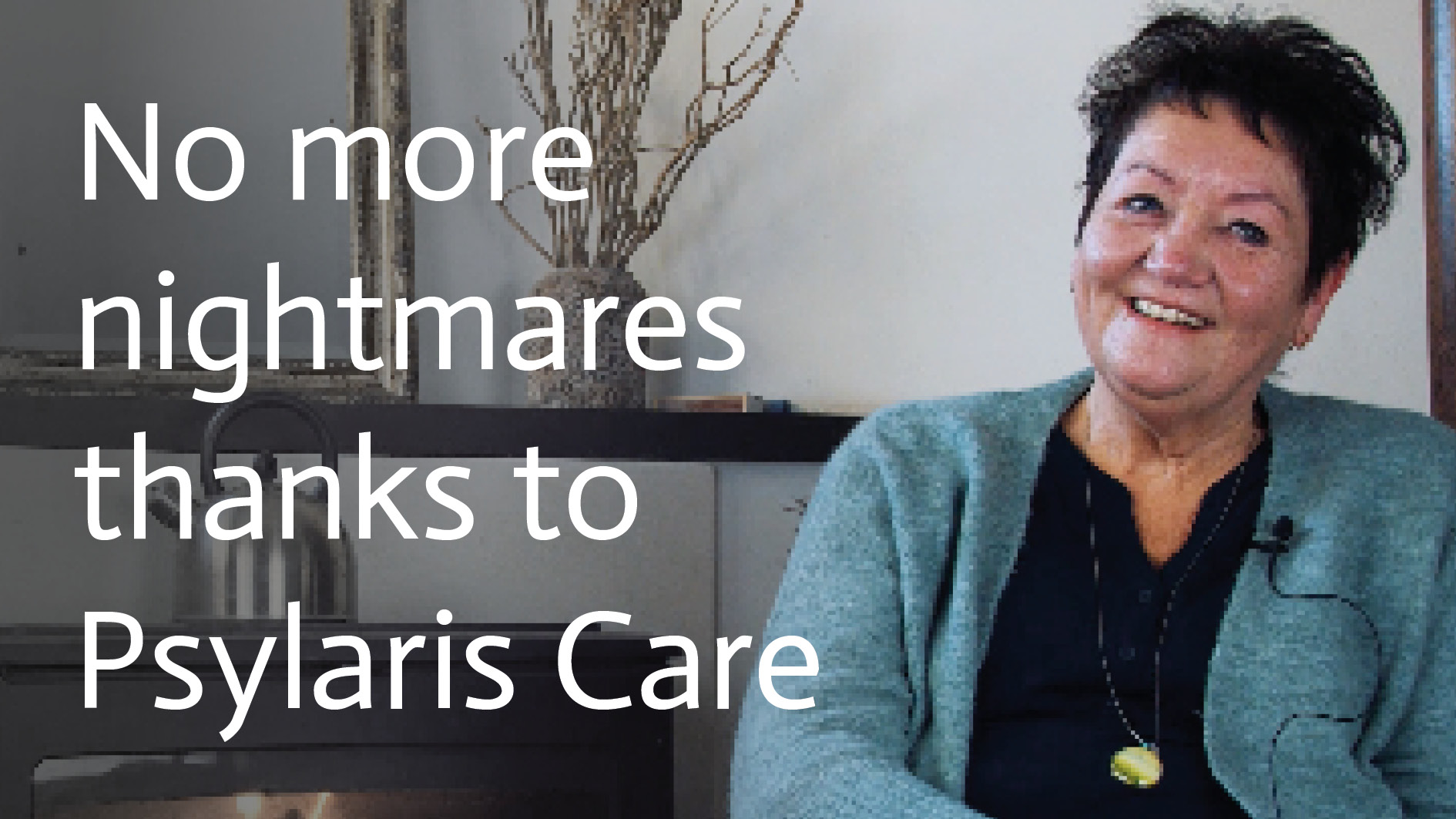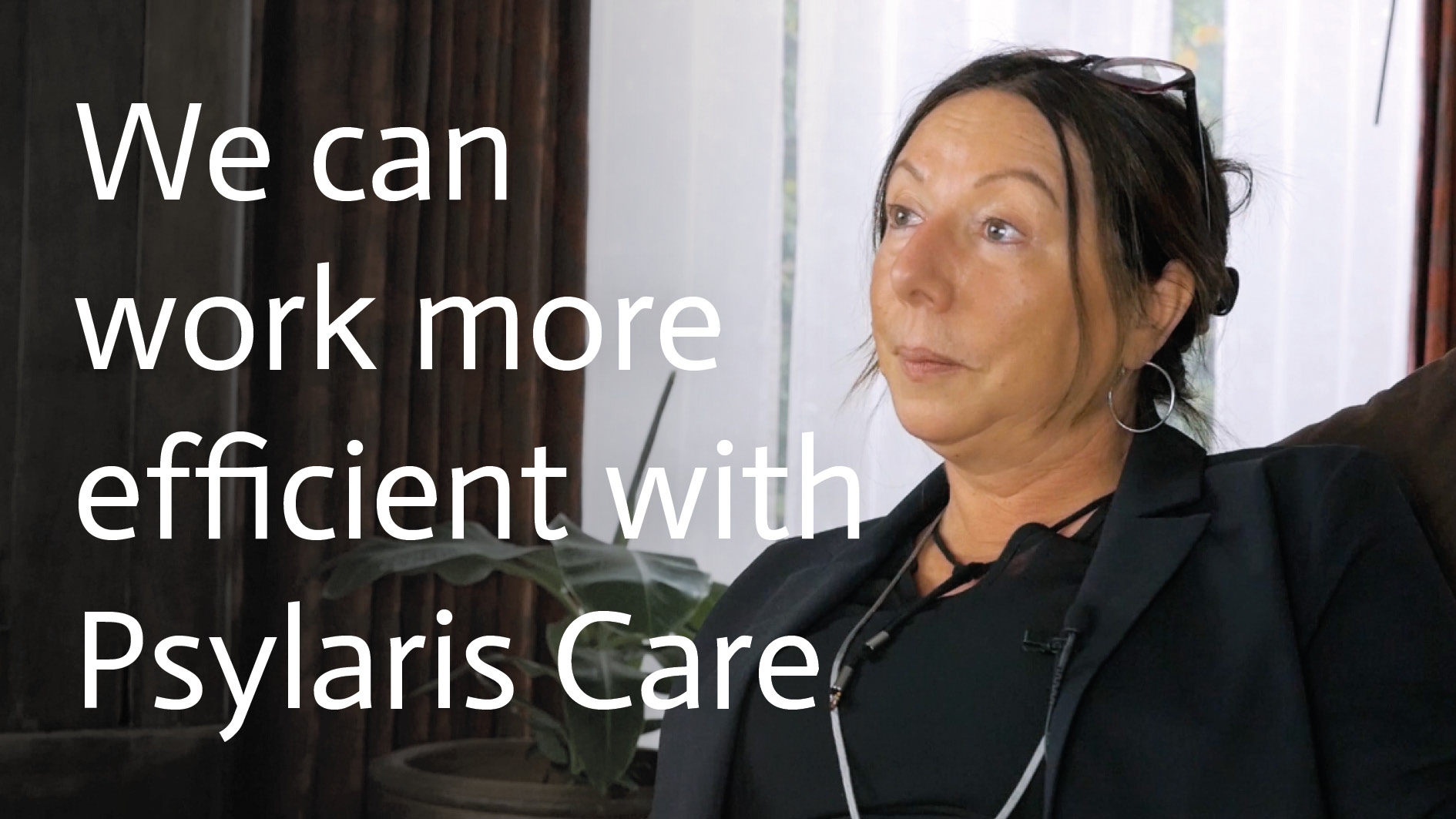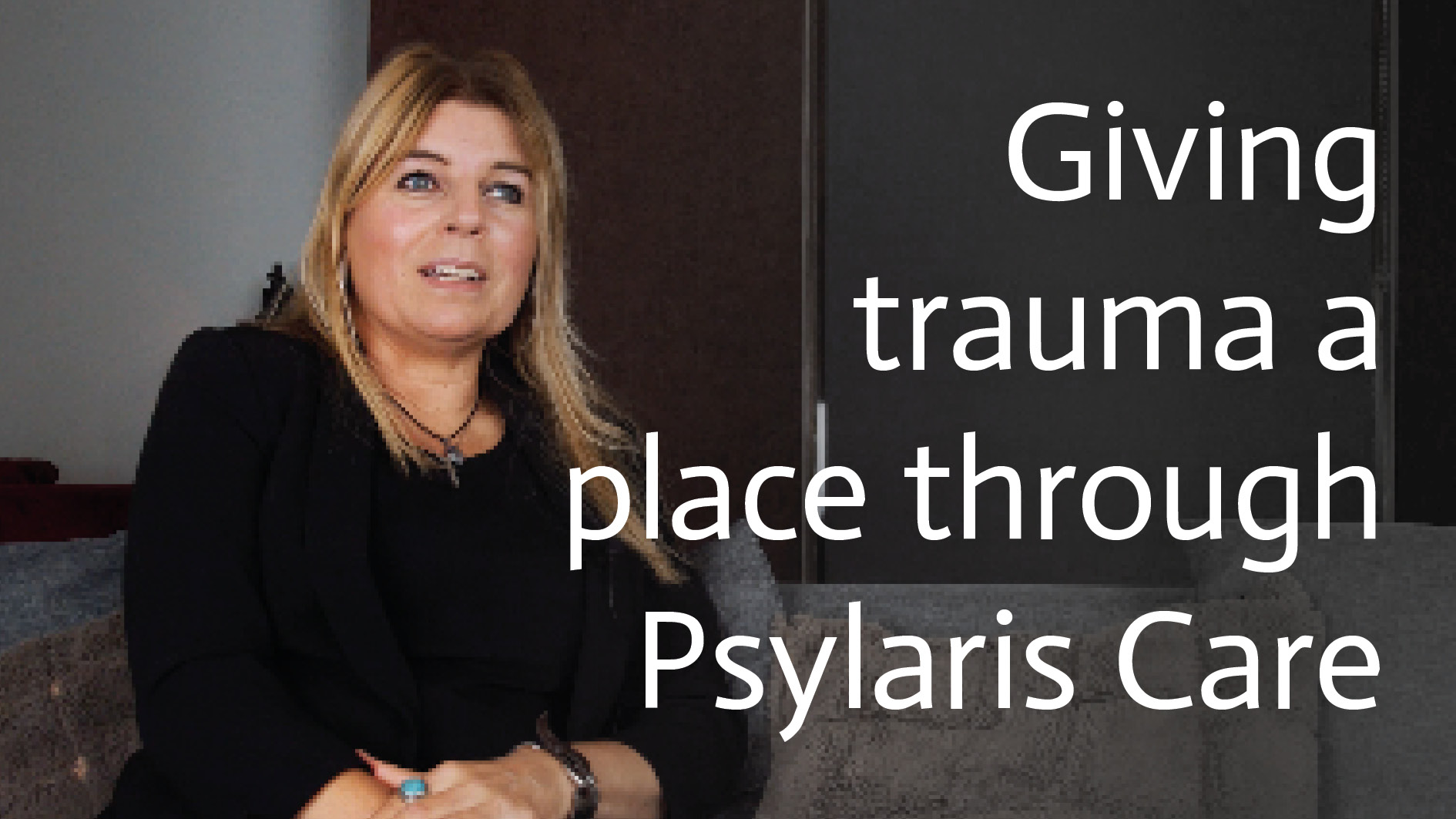Rise in stress complaints due to corona
Do your clients also come more and more often with complaints that indicate too much tension? The corona crisis has been having an unremittingly negative impact on the Dutch population for six months now. The negative impact can be physical, such as illness or weight gain due to sitting at home, but also mental. By far the most problems caused by the crisis belong to the latter category. The loss of a loved one or financial security, having to cancel a long-awaited holiday. The current limitations and uncertainty cause a lot of stress and anxiety. Some of your clients become depressed, others only experience tension symptoms such as insomnia or eating problems. You want to help them get rid of these as soon as possible to prevent worse.
And you may find it increasingly difficult yourself. Keeping abreast of current legal coronation measures, taking into account the changing personal preferences of clients, colleagues and family members, and a summer that you had imagined quite differently.
Fortunately, tension complaints can be easily and effectively treated with relaxation exercises. As a therapist, you can use these exercises during a treatment, but you can also give them to your client to do on their own. Below, we explain various methods and materials for relaxation exercises, so that you can get started as soon as possible.
Methods for relieving tension complaints
1. Relax with breathing exercises
Breathing as a relaxation exercise is something you are undoubtedly familiar with from yoga, meditation or mindfulness. Doctors and psychologists have also developed breathing methods to relieve tension. The Weil's 4-7-8 technique is, for example, easy to apply. With this technique, the client breathes in and out through nose and mouth respectively according to specific instructions. The breath is held in for 7 seconds. This increases the oxygen level in the blood and the client feels relaxed immediately.
The Coué's self-suggestion method also uses breathing, combined with visualisation. You guide your client into a meditation that focuses on breathing and allow the client to visualise a feeling of well-being and contentment. Next, the client repeats to himself or herself a statement that is true or within realistic reach. For example, "I am grateful for the beautiful things I have" or "I can handle challenges".
2. Physical relaxation through muscle relaxation
Clients who feel the tension especially in their bodies are best served by Jacobson's method of muscle relaxation, the progressive relaxation. While lying down, the client tenses and relaxes muscle groups one by one. The aim is to learn to recognise the presence and absence of tension in the muscles so that the relaxation technique can be applied in everyday life.
You will not have enough time with your client to follow Jacobson's original programme, which built up very systematically and slowly per muscle group. Rather use the Abbreviated Progressive Relaxation. This standard was created in 1973 by Bernstein and Borkovec from several short variants of the Jacobson therapy.
Jacobson's muscle relaxation has also been integrated into other methods that effectively relieve tension complaints. The autogenic training Schultz' training combines, for example, the theories of Jacobson and Coué. With Schultz's training, your client will also work the muscle groups separately, but without physically tensing and relaxing them. Instead, you allow your client to consciously perceive the muscle group with the thought 'my arm is getting heavy' or some variation thereof.
3. Relieving tension through play
Doing a puzzle, playing a game of solitaire or a video game: anything that requires a moment's full attention for the challenge or the game works very effectively as a relaxation exercise. As soon as your client is in a 'flow', worries disappear like snow in the sun, with an after-effect. You can purchase a specially developed serious game or mobile app to offer to clients. Or keep it simple and, together with your client, think of an activity that brings him or her into a 'flow' state. This can vary from playing a game of Tetris on a mobile phone to playing a game of football with the children.
Materials for offering relaxation exercises
There are many ways to offer relaxation exercises. Which one is most suitable naturally depends on your assessment of the client and the chosen relaxation method. The advantages and disadvantages of each medium can help you make your choice.
1. In good faith: oral or written instruction
You explain the relaxation exercise in a few sentences during the session, or you give a written instruction to your client to follow step by step at home. This is a very simple way of offering the treatment with negligible material costs. However, it does not appeal to your client's imagination and there is no control over the actual execution of the exercise. Only highly motivated or disciplined clients will perform the exercise as requested.
2. Monitoring and encouragement through eHealth platform or website
If you have an eHealth platform or are prepared to enter into a contract with a supplier, you can offer the relaxation exercise within a personal online environment. This is a simple way of offering the exercises and you can monitor whether the client uses the environment and what the progress is. Insight into the progress is also a stimulus for the client. However, the level of commitment is not high, because clients go through the online module from their own daily environment.
3. Total immersion through Virtual Reality
The highest commitment of clients is achieved with VR glasses. The relaxation exercise takes place in a VR environment, in which the client experiences total immersion. The stimulus to actually do the relaxation exercise and its effect are greater because of the sensory experience linked to the exercise. This material can also be used to monitor the use and progress of each client. The question is whether the benefits of high commitment outweigh the material costs. With Virtual Reality, you have to buy one or more VR glasses and software with relaxation exercises. However, the popularity and use of the goggles is rapidly increasing. As a result, the purchase costs are already a lot lower than when VR was still emerging.

